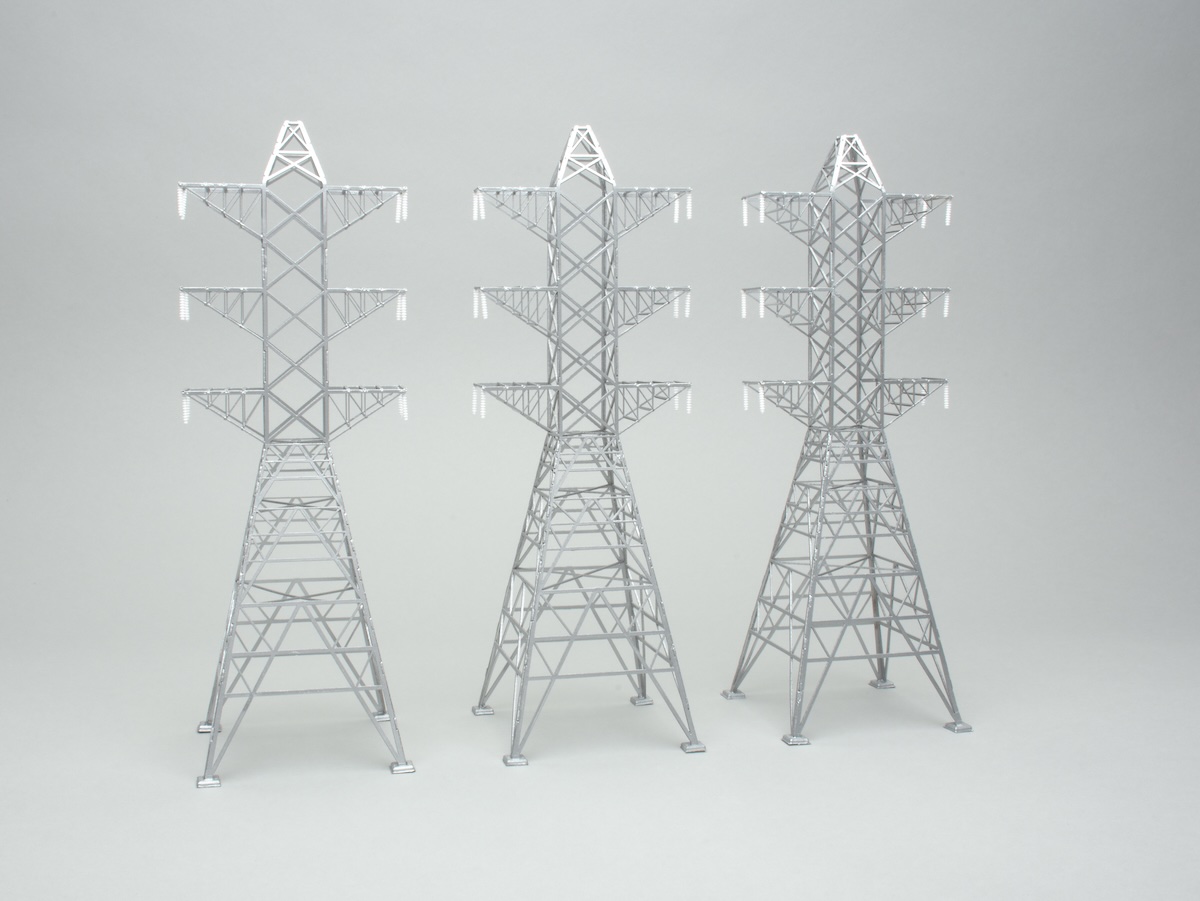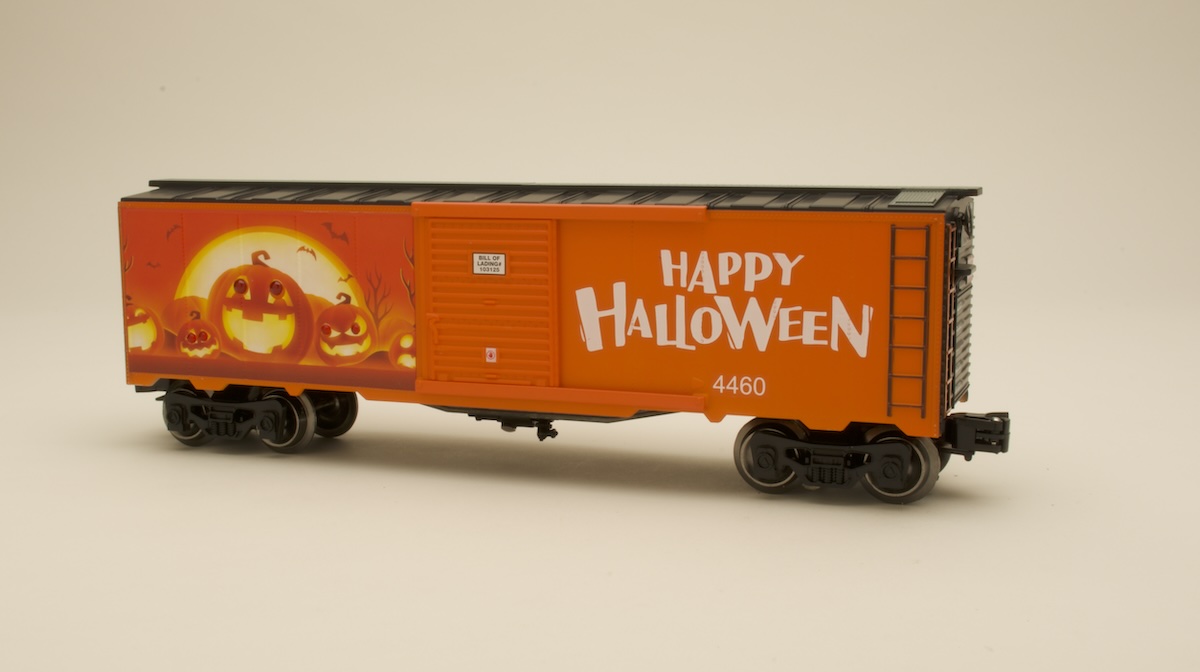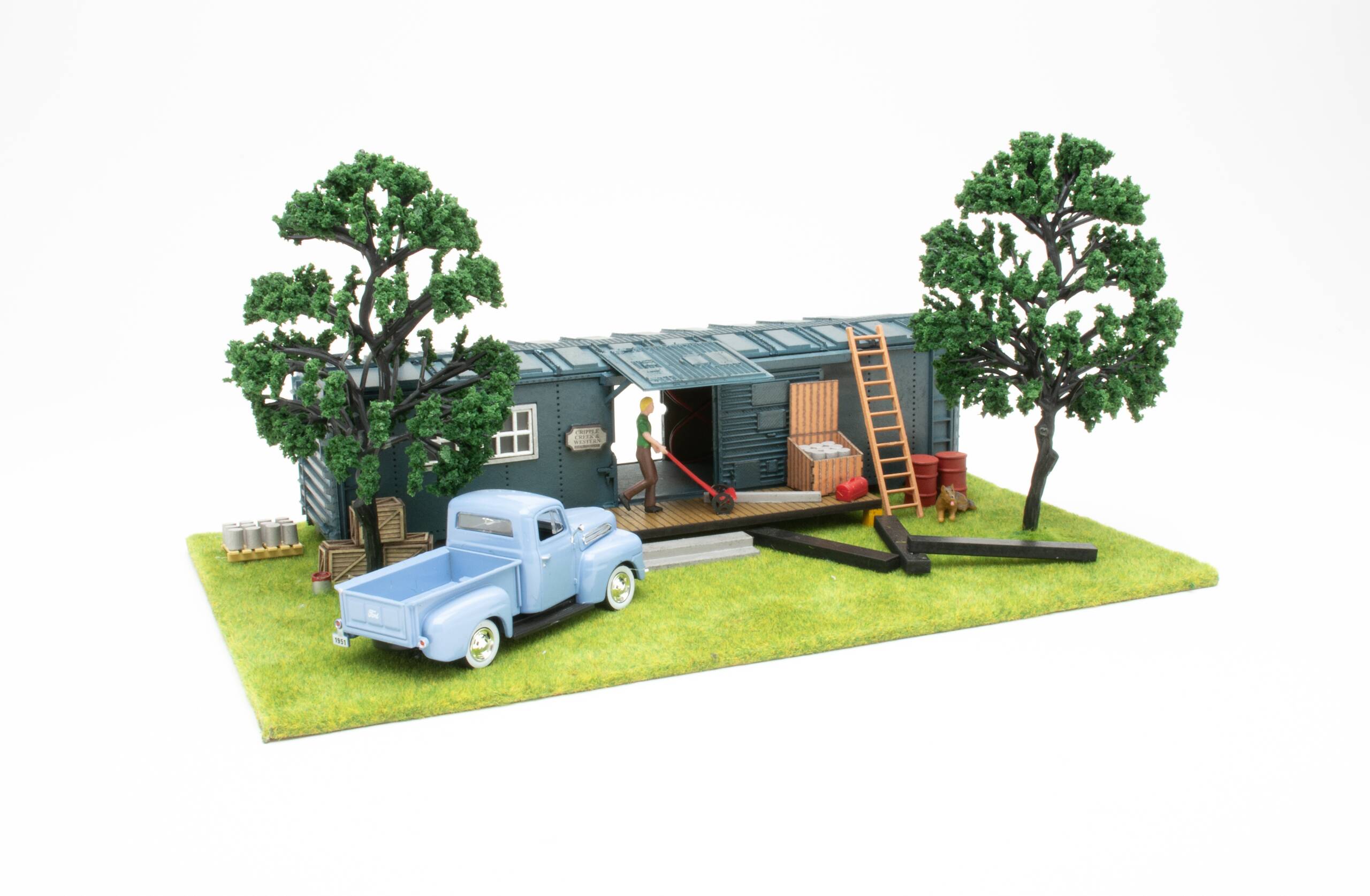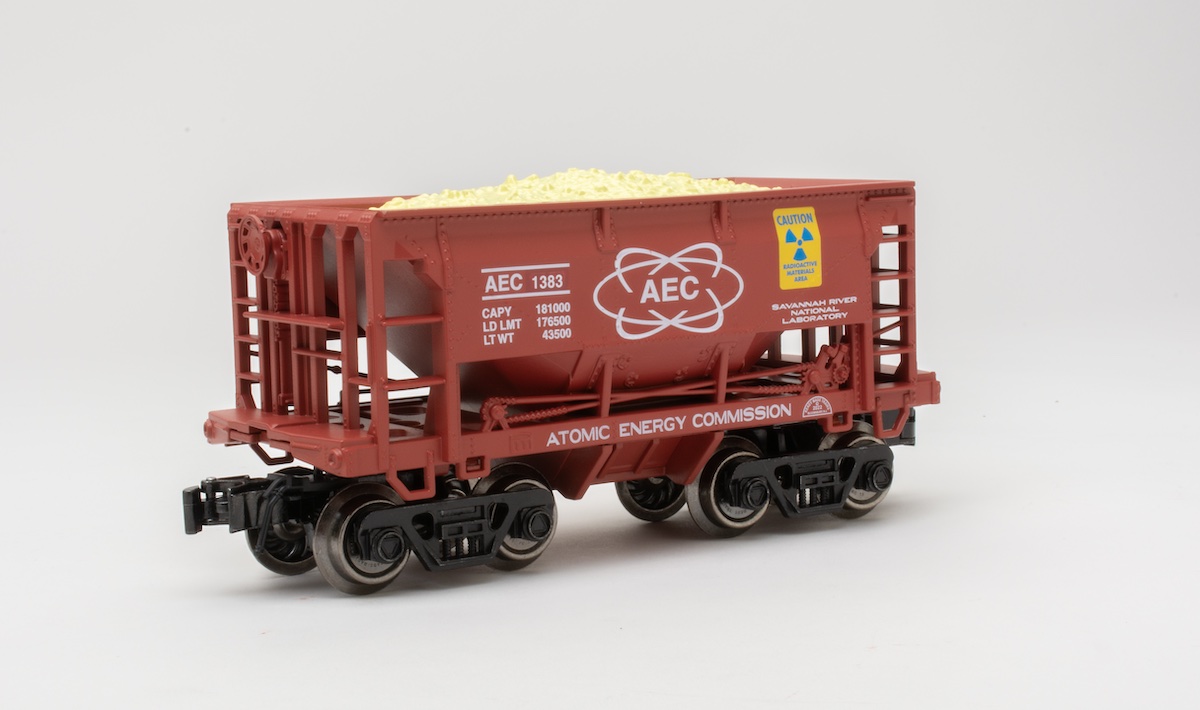The Canadian Pacific has always been one of the planet’s premier transportation organizations, and the firm operated the railway just as effectively as it ran its shipping line and other enterprises. One of the remarkable things about Canadian Pacific passenger service in the 1920s and ’30s was that the line’s G-class 4-6-2s were getting the job done – and doing it well.
But, the Pacifics (designed and largely built at the turn of the 20th century) had a limited duration, and engine swaps were frequently required during transcontinental runs. The CP was interested in a reliable, more powerful, and longer-ranged locomotive. The result was the H-class 4-6-4 Hudson.
The Hudson seemed to be an evolution of the G-class Pacific, but more modern appliances and super-heater technology nudged its performance a notch or three ahead of the Pacific. Tests had five H-class 4-6-4s doing the work of 14 G-class Pacifics on trains from Fort William to Vancouver.
The Hudsons tended to stay in the same areas throughout their service life. The Hudson was a remarkable and reliable performer for the CPR, the last being withdrawn from service in 1960. The prototype for our sample, no. 2851, was one of the last scrapped – in 1965.
Opening the box
This model is a very nice rendering of the prototype. The semi-streamlined look of the Hudson evokes the image of a British steam locomotive design, rather than something out of art-deco-oriented Pennsylvania RR or New York Central design teams.
The face of the locomotive is as straightforward as it gets, with a smooth, streamlined pilot, its even lines disrupted by only steps on the sides, air lines, and a simulated uncoupler arm for the front-mounted dummy coupler. You’ll find gently arching streamlining on the sides, with steps leading up to the walkways along the boiler.
The smokebox face is also smooth, with nary a hint on how the real smokebox might have been opened. Handrails run down the length of the boiler and then curve below the smokebox. In a flashback to how trains were made a decade ago, the handrails seem to be natural-finish wire. I think painted or even chemically blackened rails might have looked better.
The smokebox face is crowned by a pair of marker lights, and a bit behind is a streamlined cowling for the smokebox and a whistle. Illuminated number boards are on the point of the housing.
The boiler’s tooling delivers a clean, crisp product. The boiler is smooth as silk, interrupted by only boiler bands and cast-in seam detail. You’ll find steps and add-on grab irons as well. There are various shapes (such as the turbine, the hanger for the bell, and the streamlined shield for the pop-off valves) that are done in black, while other parts (pop-off valves, whistle, and bell) are a gold tone. The bell has a wire lanyard affixed to the boiler shell, versus the more common straight line to the cab.
I really liked the all-weather cab. It struck me as a bit more squared than a typical U.S. locomotive cab, with a low-angled slope down the roof. The rear end of the boiler features steps to access the cab roof, and there are what appear to be roof top vents, but they are cast in.
Below the running boards you’ll find full, chemically blackened running gear. The drive wheels are white trimmed (and they look classy, just as they did on those American Flyer steamers of old). Traction tires are mounted on the rear drive wheels. You’ll also find add-on piping and drain lines.
The six-axle tender is great. It measures about 8¼ inches long and is all die-cast metal. It would be impressive even if the coal weren’t piled so high. The metal truck frames have two brake chains on each frame. The rear of the rig has a grab iron, a ladder, and a backup light. You’ll also find a coil coupler mounted there. Topside, you’ll see that the water hatch lifts to reveal the smoke and volume controls (the two-rail-to-three-rail conversion switch is on the underside of the tender.
Now, about that gap. In order to run a steam locomotive and tender through a tighter diameter curve, you need to have a long drawbar. This is a fact of life – there is no way around it. Accordingly, this locomotive is designed for O-42 operation, and it has a very long drawbar, resulting in a gap of 1¼ inches (6 feet in O scale).
The gap is fairly noticable on this otherwise realistic model. If you have broader curves on your layout check out MTH product number 20-89011, which is a package of three wireless drawbars (in 30-, 35-, and 40-mm lengths), for $29.95.
Painting and decoration for this model were great. The paint scheme of black, gray, and maroon with gold stripes and lettering was well executed.
On the test track
The locomotive has just two power pickup rollers, both located on the tender and spaced 3½ inches apart. This didn’t present any problems during testing, but keep your eyes peeled when running slowly through long switches.
With the volume down, this model’s motor is as smooth and quiet as it gets. With the volume up, you get a treat of high-powered steam syncopation. The tone of the locomotive’s whistle is distinctively different from the typical steam hooter you’ll hear. The sounds complement the model.
Performance was very good. Our low-speed average was 1.5 scale miles per hour, and our high-speed average was 52.3 scale miles per hour. I suspect you could raise the top speed a bit higher, but it was fine in my book. Drawbar pull was 1 pound, 15 ounces.
The ProtoSound 2.0 features all functioned well, and the coil coupler operated each and every time it was remotely commanded.
The Canadian Pacific Hudson is a good rendering of a distinctive prototype. From the smooth, round smokebox to the solid sound reproduction, there’s a lot that this model will add to your O gauge pike, even if you don’t model the railways of the Great White North.
Price: $999.95 (no. 20-3313-1)
Features: O-42 operation, die-cast metal construction, can-style motor, ProtoSound 2.0, synchronized smoke unit, coil coupler
Staff comments:
Nice model with excellent performance, but the engine-tender gap is eye-catching – Bob. On an otherwise classy unit, the drawbar arrangement doesn’t befit a royal – Kent.
Canadian Pacific has always done things in style, and this Premier line model nicely captures the graceful yet powerful look of its iconic 4-6-4s. – Carl.
For more on CP’s “Royal Hudsons” in regular service, check out the Winter 2008 issue of Classic Trains and the feature story “In service of the Royals.”













